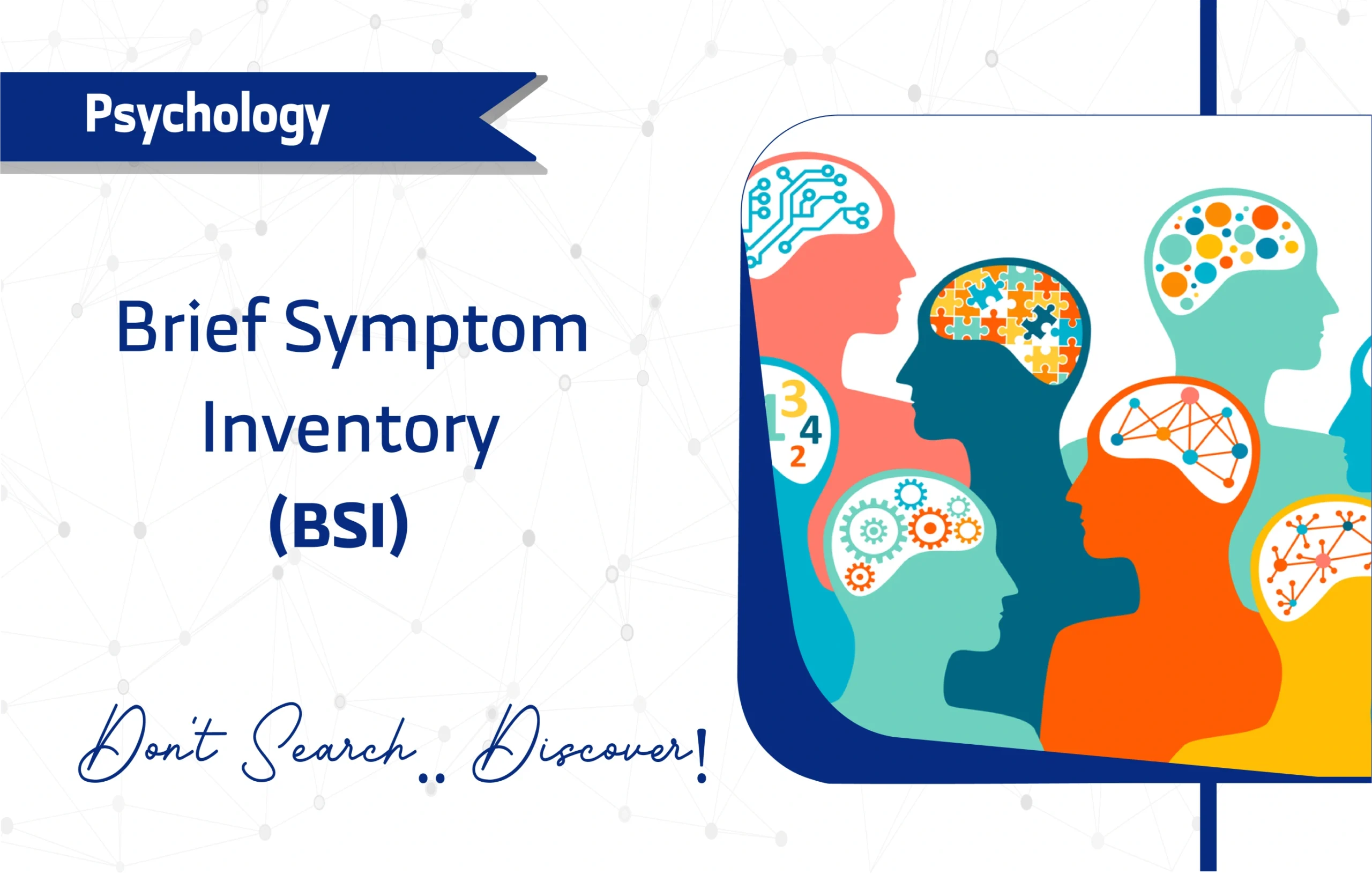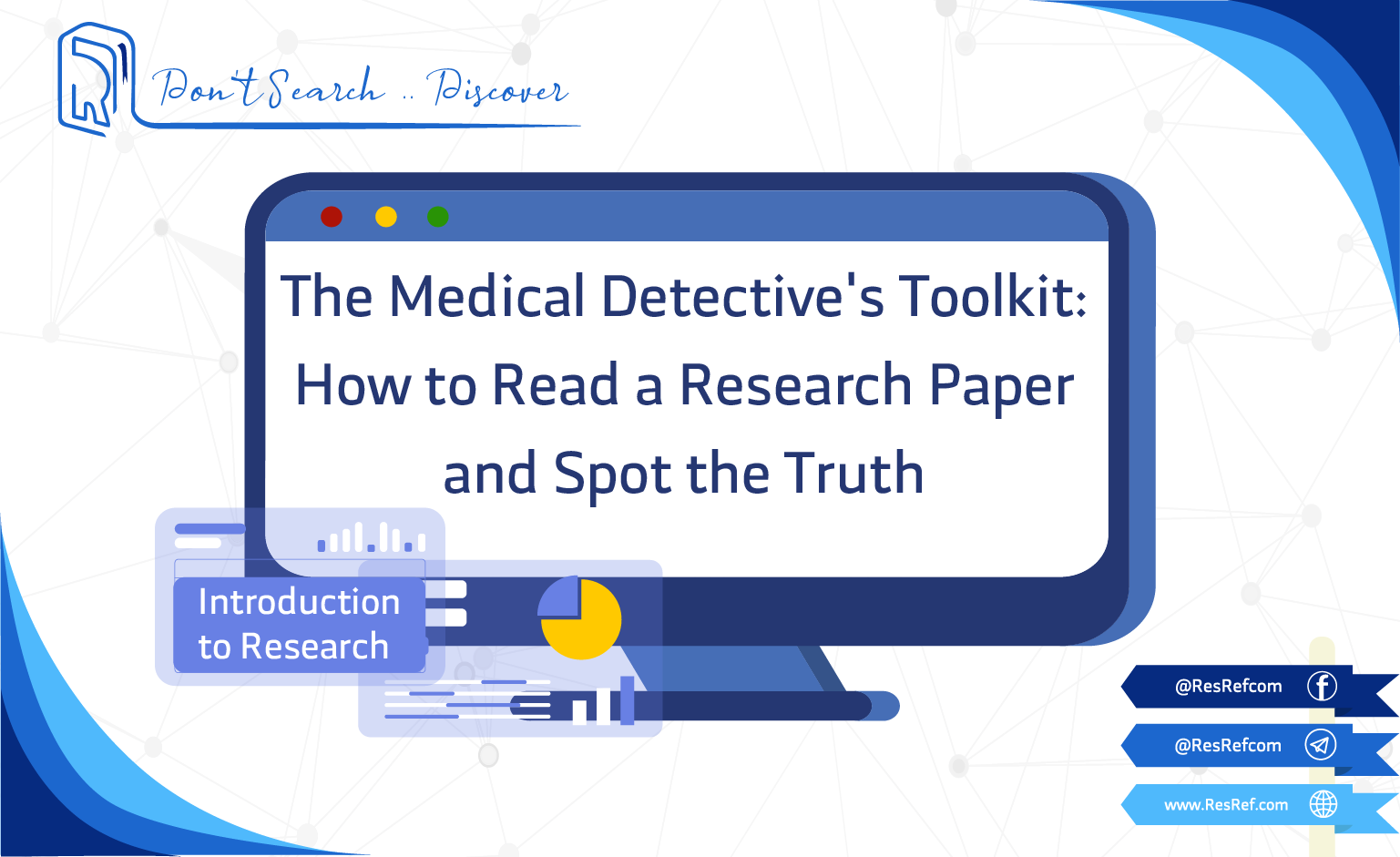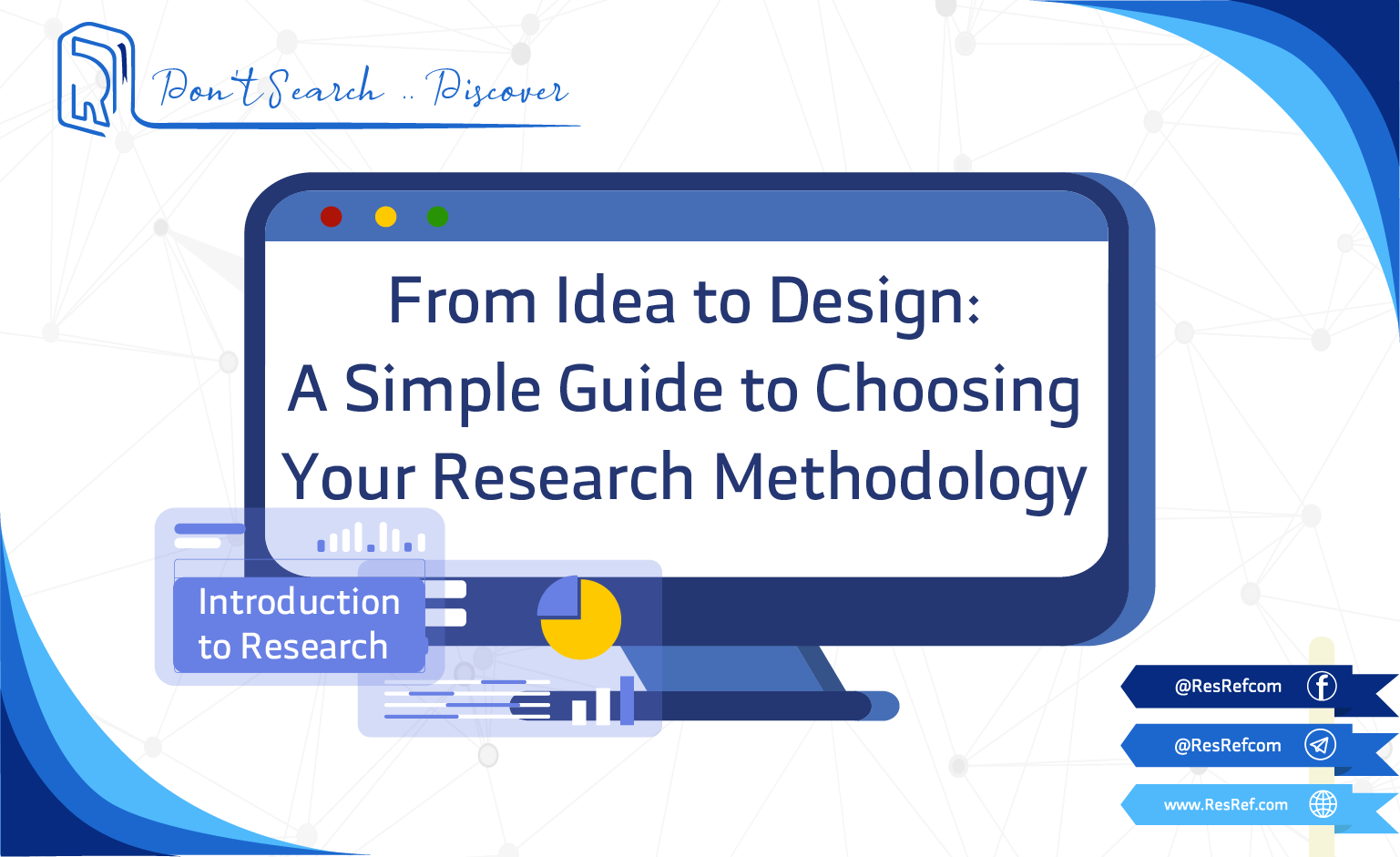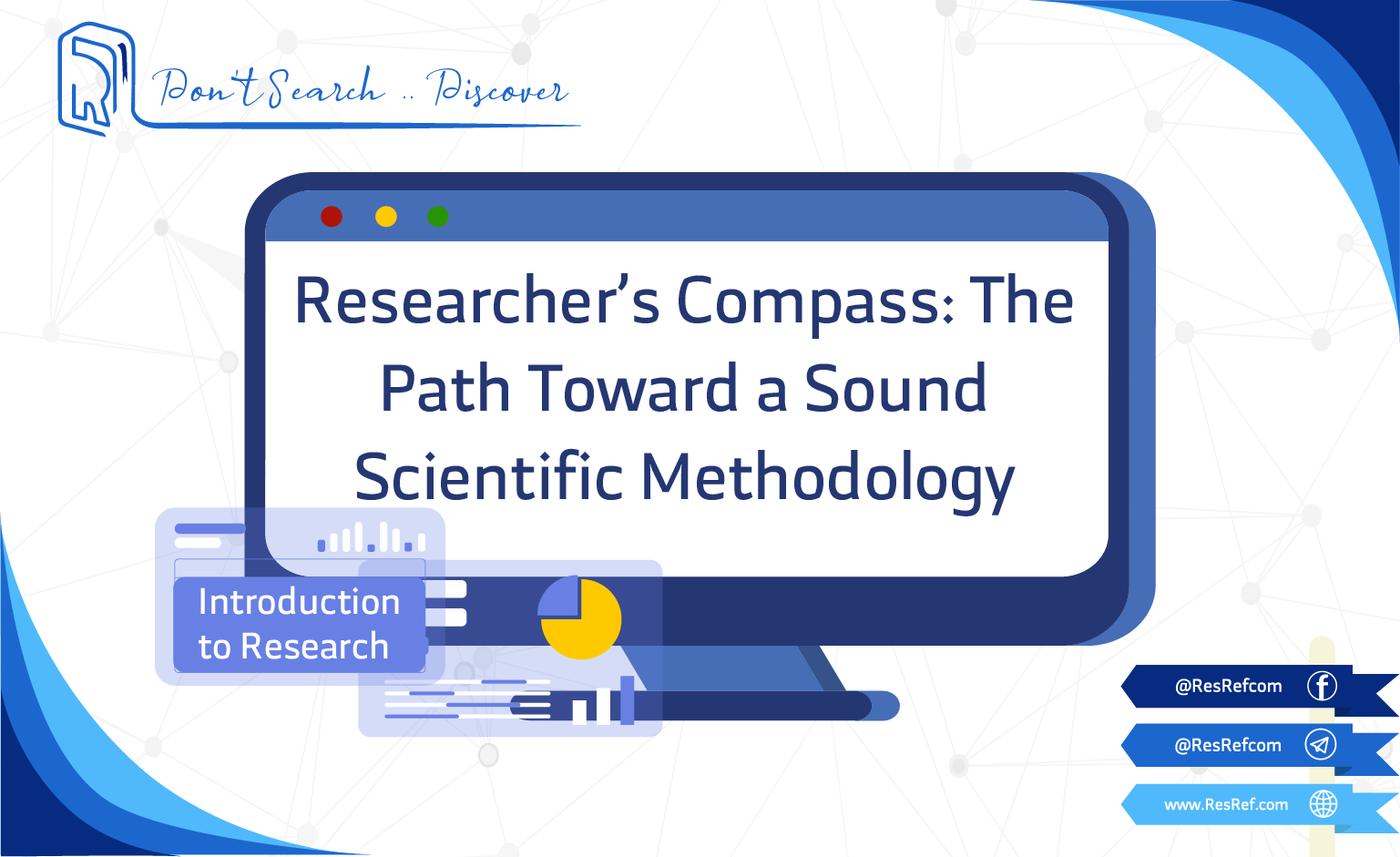Introduction
The Brief Symptom Inventory (BSI), developed by Leonard R. Derogatis, stands as a cornerstone in psychological assessment, offering a robust tool to measure psychological distress and psychiatric symptoms. With over 11,000 citations on Google Scholar, the BSI, published in 1975, has earned its place in clinical and research settings for its reliability and versatility.
Consequently, this article provides a detailed guide to the BSI, exploring its structure, applications, and clinical value for researchers and clinicians aiming to enhance mental health outcomes.
Key Features of the Brief Symptom Inventory (BSI)
Purpose and Use
The BSI is designed to evaluate psychological distress and symptoms experienced over the past week in both clinical and non-clinical settings. Specifically, it consists of 53 items measuring 9 dimensions, making it a comprehensive yet concise tool for mental health screening. Unlike general questionnaires, its focused subscales ensure precise identification of specific psychological concerns.
Target Population
The BSI is suitable for individuals aged 13 and older, including:
- Adolescents (13-17 years)
- Young adults (18-24 years)
- Middle-aged adults (25-44 years)
- Older adults (45-64 years)
- Seniors (65+ years)
Its broad applicability makes it ideal for diverse clinical and research settings. However, it is not validated for children under 13.
Structure
The BSI consists of 53 items, organized into nine subscales:
- Somatization (SOM): 7 items (2, 7, 23, 29, 30, 33, and 37), reflects physical symptoms linked to psychological distress.
- Obsessive-Compulsive (O-C): 6 items (5, 15, 26, 27, 32, and 36), captures cognitive and behavioral symptoms involving unwanted thoughts or actions.
- Interpersonal Sensitivity (I-C): 4 items (20, 21, 22, and 42), indicates feelings of inferiority, personal inadequacy or discomfort in relationships.
- Depression (DEP): 6 items (9, 16, 17, 18, 35, and 50), encompasses symptoms of depressed mood and hopelessness.
- Anxiety (ANX): 6 items (1, 12, 19, 38, 45, and 49), measures nervousness and tension.
- Hostility (HOS): 5 items (6, 13, 40, 41, and 46), involves thoughts, feelings, or actions that reflect anger or aggression.
- Phobic Anxiety (PHOP): 5 items (8, 28, 31, 43, and 47), refers to intense irrational fear or avoidance of specific situations or objects.
- Paranoid Ideation (PAR): 5 items (4, 10, 24, 48, and 51), includes suspiciousness, mistrust, or belief that others have harmful intentions.
- Psychoticism (PSY): 5 items (4, 10, 24, 48, and 51), represents symptoms of a withdrawal from reality. Distorted thinking, such as hallucinations or delusional beliefs. In most non-psychiatric populations, this dimension measures social alienation.
Additionally, it’s important to note that items 11, 25, 39, and 52 do not load onto any of the specific symptom dimensions. Moreover, for a broader perspective on an individual’s psychological state, the BSI also includes three global indices of distress: the Global Severity Index (GSI), the Positive Symptom Distress Index (PSDI), and the Positive Symptom Total (PST). Together, these indices provide a comprehensive snapshot of the severity, intensity, and breadth of an individual’s psychological symptoms.
Scoring Method
The BSI uses a 5-point Likert scale (0 = Not at all, 4 = Extremely), with rankings characterizing the intensity of distress during the past seven days. Scores are calculated as follows:
- Subscale Scores: Each subscale has a specific number of items. Sum the item scores for each subscale and divide by the number of items to obtain the mean score.
- Global Severity Index (GSI): The GSI is the most sensitive indicator of overall psychological distress, combining information about the number of symptoms and their intensity. It is calculated by summing the scores of the nine symptom dimensions plus the four additional items (all 53 items) then dividing the total number of items to which the individual responded. If no items are skipped, the GSI is the mean of all 53 items.
- Positive Symptom Total (PST): The PST counts all items with non-zero responses, revealing the number of symptoms reported.
- Positive Symptom Distress Index (PSDI): The PSDI is the sum of the values of items with non-zero responses divided by the PST, providing the average level of distress experienced.
Additionally, raw scores should be converted to T-scores using tables provided in the BSI manual. Scores are interpreted by comparison to age-appropriate norms, with normative data available for both clinical and non-clinical samples of adolescents (13-17) and adults. Notably, higher scores indicate greater distress, for example, individuals are considered positive for clinically significant psychological distress if they have a T-score of 63 or higher on the Global Severity Index (GSI), or on at least two symptom dimensions.
Administration Format
The BSI is flexible and can be administered via:
- Paper-based forms
- Digital (online) platforms
- In-person interviews
- Phone or video calls
Typically, it takes 8-12 minutes to complete, making it suitable for time-sensitive environments.
Applications of Brief Symptom Inventory (BSI)
The BSI offers versatile applications for researchers and clinicians:
- Screening: Identifies individuals with significant psychological distress, signaling the need for further evaluation.
- Monitoring: Tracks changes in psychological symptoms over time or during interventions.
- Treatment Planning: Guides clinicians in tailoring therapies based on subscale scores.
- Research: Facilitates studies on mental health trends and treatment outcomes.
For example, a high score on the Depression subscale might prompt targeted therapy, while researchers can analyze GSI trends to inform mental health protocols.
Language and availability
To ensure global accessibility, the BSI is available in more than 20 languages, including:
- Arabic
- English
- Mandarin Chinese
- Spanish
- French
- German
- Portuguese
- Japanese
This multilingual support enhances its use across diverse populations.
The BSI is a proprietary instrument and requires purchase through licensed distributors, such as Pearson Clinical Assessments. Permission from the publisher is required, and fees may apply for funded academic or commercial projects.
Reliability and Validity
The BSI boasts strong psychometric properties. For instance, studies confirm its high reliability, with Cronbach’s alpha values typically between 0.71-0.85 for most subscales. Moreover, its sensitivity to a wide range of psychological symptoms ensures accurate assessment, making it a trusted tool in both research and clinical practice.
- Original Validation Study study link
- Arabic Validation Study study link
Limitations and Considerations
Despite its strengths, the BSI has a few limitations:
- Self-Report: Respondents may be influenced by social desirability bias or personal interpretation.
- Length: The 53-item questionnaire may feel lengthy for some individuals.
Other Versions And Related Questionnaires
The BSI complements and derives from other tools:
- Other Versions:
- BSI-18: A shorter, 18-item version focusing on somatization, depression, and anxiety for quick screening.
- Related Questionnaires:
- Patient Health Questionnaire-9(PHQ-9): Assesses depression severity.
- Generalized Anxiety Disorder-7(GAD): Measures anxiety symptoms.
- Depression Anxiety Stress Scales-21(DASS-21): Evaluates depression, anxiety, and stress.
- Hopkins Symptom Checklist-25( HSCL-25): Assesses psychiatric symptoms.
Additional Resources
For more information on the BSI, explore these resources:
- Original validation study study link
- You can access the BSI here
- For inquiries, contact Leonard R. Derogatis, PhD at ldero001@umaryland.edu
- Explore additional BSI resource on Pearson Assessments
Frequently Asked Questions (FAQ)
- Who can use the BSI?
Clinicians, researchers, and healthcare providers use the BSI for individuals aged 13 and older. - How long does it take to complete the BSI?
Patients typically take 8-12 minutes, making it suitable for busy clinical settings. - How is the BSI administered?
Healthcare teams can administer it via paper, digital, mobile app, or interview formats, offering flexibility. - Is there any cost to using the BSI?
The BSI is proprietary, requiring purchase through licensed distributors like Pearson Clinical Assessments.
A word from ResRef about Brief Symptom Inventory (BSI)
The Brief Symptom Inventory (BSI) is a widely used psychological self-report tool designed to assess a broad range of psychiatric symptoms and psychological distress in individuals aged 13 and older. With 53 items covering nine symptom dimensions—such as depression, anxiety, and somatization—it offers a concise yet comprehensive snapshot of a person’s mental health status. Although it is self-administered and easy to complete, its interpretation requires clinical expertise due to the depth and sensitivity of the data it captures. As a proprietary instrument, the BSI must be purchased through licensed distributors and is not freely available for public use. Thus, it remains a trusted and validated tool in both clinical and research settings around the world.
References
- Derogatis, L. R., & Melisaratos, N. (1983). The Brief Symptom Inventory: An introductory report. Psychological Medicine, 13(3), 595–605. link
- Al-Dweik G, AbuRuz ME. Validation of the Arabic Version of the Brief Symptom Inventory to Measure Anxiety in Patients With Acute Myocardial Infarction. J Nurs Meas. 2020 Mar 16:JNM-D-18-00089. doi: 10.1891/JNM-D-18-00089. Epub ahead of print. PMID: 32179722 link








1 thought on “Brief Symptom Inventory (BSI): A Full Guide for Researchers and Clinicians”
I can see this website becoming a key reference for students and professionals alike. The effort you’ve put into making research more approachable is impressive.